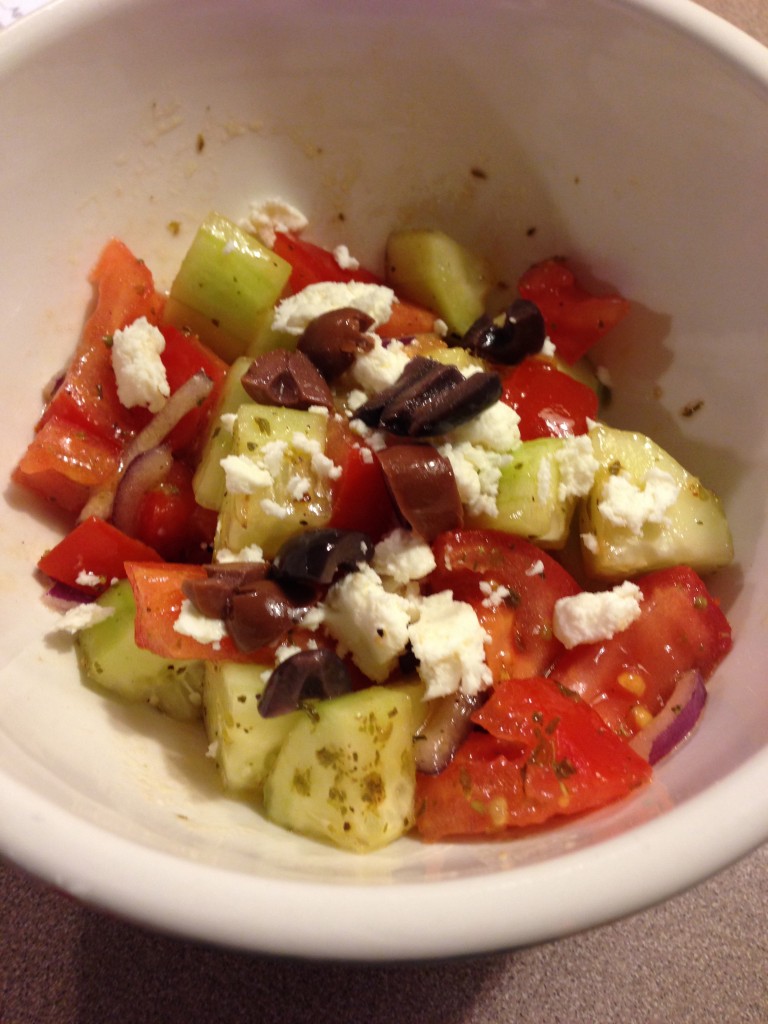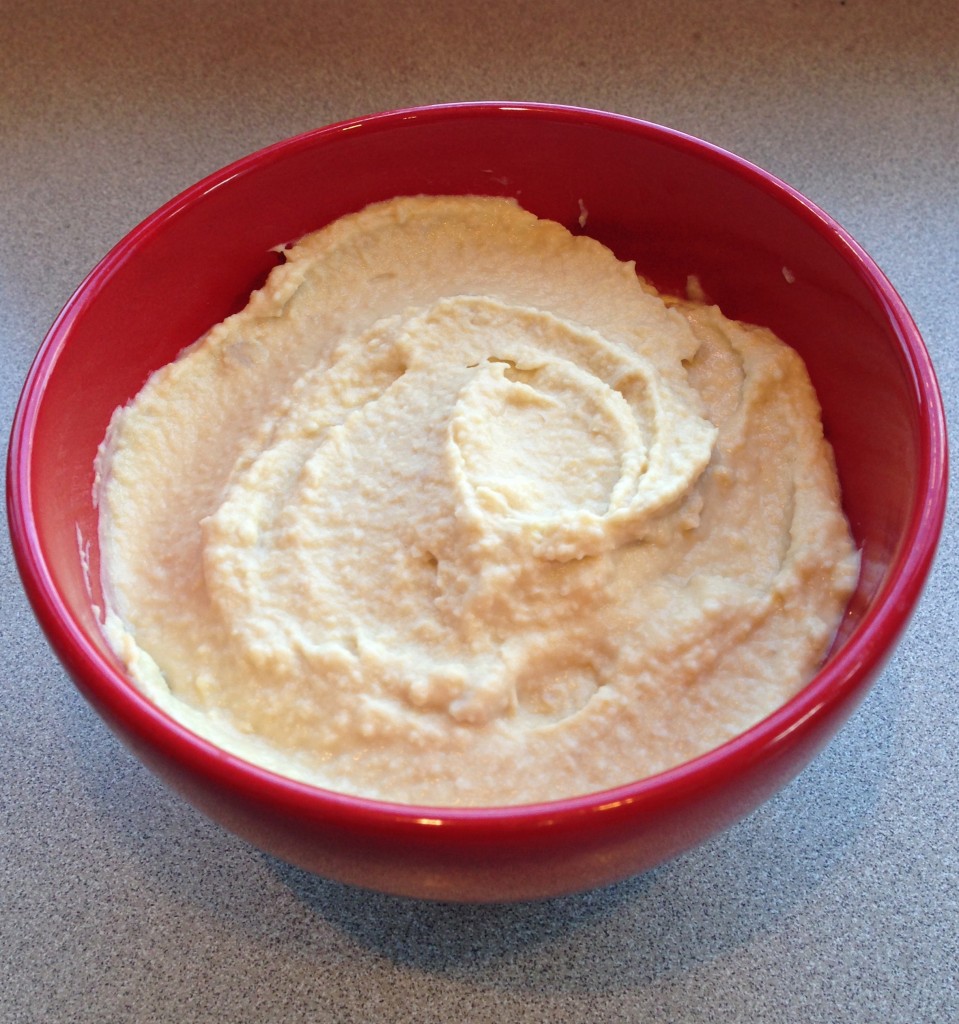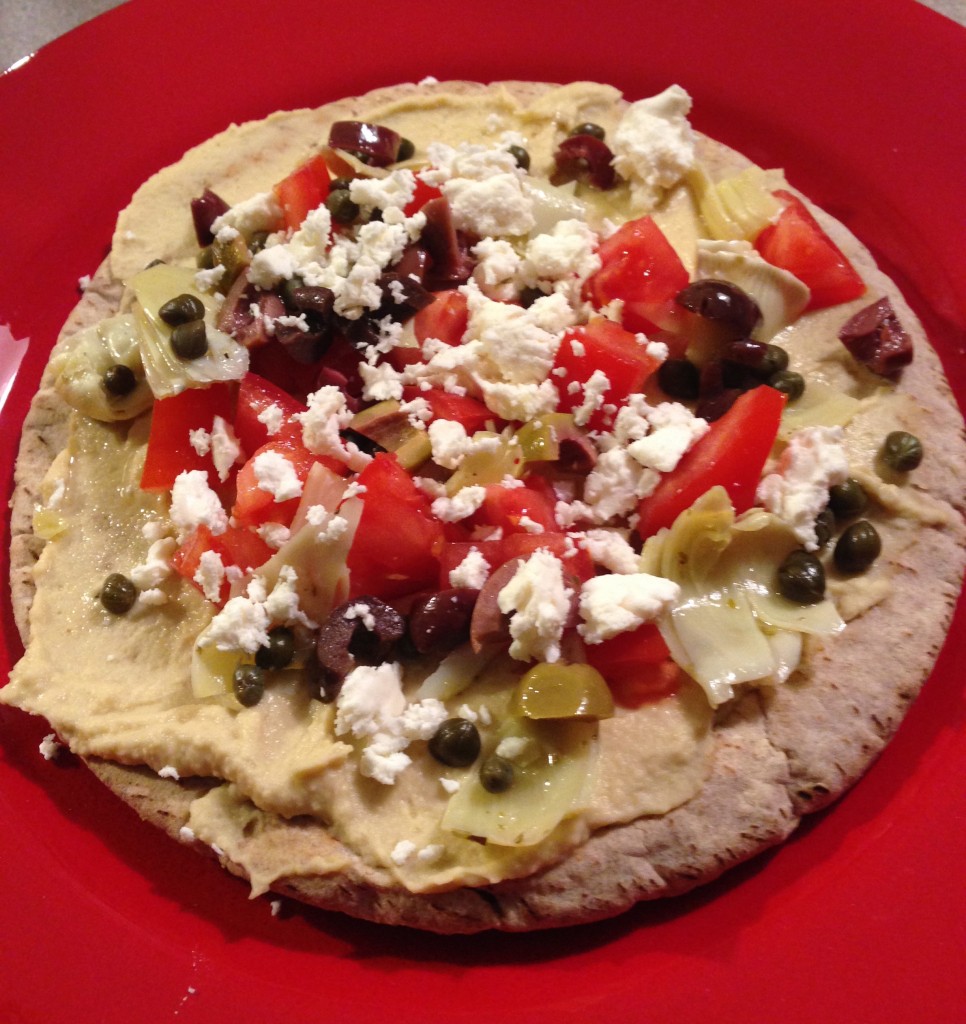Trying to eat healthier foods? One delicious option is to eat a Mediterranean diet. In this guest post, registered dietitian Kitty Broihier explains what a Mediterranean diet is and why it gets such high praise from the medical community. At the end of the post, I’ll share a couple of recipes that are easy to make and oh, so tasty.
Guest post by Kitty Broihier, MS, RD, LD
Courtesy of the Maine Academy of Nutrition and Dietetics (MAND)
What exactly is the Mediterranean diet?
First of all, it’s not a weight loss “diet,” it’s actually a way of eating that’s typical of the cultures located near the Mediterranean Sea. Traditionally, these people ate a predominantly vegetarian diet featuring lots of fresh fruits, vegetables and legumes along with a good dose of olive oil, some fresh fish and little meat.
Of course, just as there are numerous countries that border the Mediterranean, there is no one “Mediterranean Diet.” Nevertheless, there are several dietary commonalities among Mediterranean cultures.
What’s so healthy about the Mediterranean diet?
The people of the Mediterranean region (and the island of Crete in particular) live longer and have lower rates of heart disease, stroke, cancer and diabetes than folks in other areas of the world. Their diet is thought to be a major reason why.
Most of the research has been conducted with people who live in the Mediterranean region, are older, or who have specific health conditions, making the results—though no less important—less applicable to younger, healthy adults who may not have eaten a Mediterranean-style diet their entire lives. A recent study compared Mediterranean-style eating habits to a variety of cardiovascular risk factors in a group of young, active US adults.
The results? Those subjects who adhered to a Mediterranean diet the closest had:
- fewer indicators of metabolic syndrome
- significantly higher HDL cholesterol (the “good” kind) and lower LDL cholesterol levels (the “bad” kind)
- less weight gained over a 5-year period
They were also less likely to be obese. And these results held true despite the fact that the group studied did not drink much red wine (they preferred beer), which is also present in moderate amounts in the typical Mediterranean diet and linked to some heart health benefits.
Adopting this type of eating plan in midlife also seems to be protective against chronic diseases, as evidenced by data gleaned from the Nurse’s Health Study population, published in 2013. The Mediterranean diet bennies just keep piling up, and include mental aspects as well, including improvements in memory and cognition, as well as Alzheimer’s disease prevention.
Bringing it to the table
Want in on some of these benefits (not to mention the tasty food of the region)? It’s a fun and flexible cuisine and not intimidating at all. Get on your way by making a few adjustments; here are a few to get you started:
- Swap your usual fats (butter, corn oil, margarine) with olive oil. You can cook with olive oil, too, it’s not just for salad dressing.
- Eat two servings of fish per week (not fried, though). Even canned tuna counts, but it’s best to mix it up in the seafood department. Oily fish such as salmon or sardines are great choices since they’re rich in heart-healthy omega-3 fats.
- Limit red meat as much as possible. When you do have it, make it lean and keep the portion to 4 ounces or less. Look for recipes that stretch red meat by making it an ingredient in dishes, instead of giving it center-of-the-plate status.
- Fill out every meal with lots of vegetables and fruit. Consider eating a green salad every day, and vary the types of greens you use in it—there are many ready-made greens combinations on the market today, so there’s no need to eat the same salad all the time.
- Sub a handful of nuts (pistachios, walnuts, almonds are good choices) for one of your less-healthful snacks each day (say chips or cookies, for example). Then keep the portion to about 1 – 1 ½ ounces, roughly the size of a generous handful. They’re filling, you’ll see. Wash them down with a big glass of water.
A taste of the Mediterranean
Greek Salad
Ingredients
2 medium tomatoes, cut into bite-sized pieces
1 medium cucumber, cut into bite-sized pieces
1 small red onion, thinly sliced
Salt and freshly ground pepper
2 TBS olive oil
3/4 tsp dried oregano (I have dried oregano straight from Greece, compliments of a friend!)
1/4 cup crumbled feta cheese
Handful of pitted Greek olives, chopped
Instructions
1. Combine the tomatoes, cucumber and onion in a bowl and sprinkle with salt to taste. The salt is supposed to draw out natural juices from the tomato and cucumber, so let sit for a minute or two.
2. Drizzle with the olive oil and sprinkle with oregano and pepper to taste.
3. Scatter feta cheese and olives on top.
Serves two
Pita Pizzas
Ingredients
1/4 cup olive oil
2 TBS red wine vinegar
1 small shallot, sliced
Salt and pepper
4 8-inch whole-wheat pitas, lightly toasted
1 cup hummus (recipe below)
1 cup chopped tomatoes
Handful of capers
Handful of artichoke hearts
Handful of pitted Greek olives
1/2 cup crumbled feta cheese
1/2 cup chopped fresh parsley and/or other herbs
Whisk together the olive oil, vinegar and salt and pepper to taste. Add the shallots. Set aside.
Hummus
Ingredients
- 1 can garbanzo beans (chickpeas). Drain and reserve the liquid.
- Juice of one lemon
- 1/4 cup olive oil
- 2 cloves garlic, peeled and sliced
- 1 TBS liquid from the garbanzo beans
- Dash or two of hot sauce
Blend all of the ingredients in the food processor until fairly smooth.
Making the pizzas
Spread hummus over the pitas. Sprinkle the tomatoes, capers, artichoke hearts, Greek olives, and feta cheese on top. Drizzle on some of the olive oil mixture. Top with fresh herbs. Enjoy!
You can add or substitute other toppings, preferably fresh vegetables.
I can vouch for all of these recipes. I made them. I ate them. I licked my fingers and I sighed contentedly. All in the name of healthy eating. ~ Diane






Leave A Comment